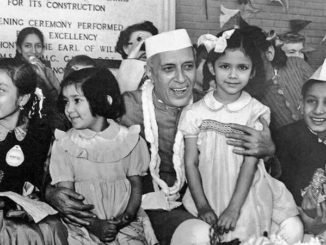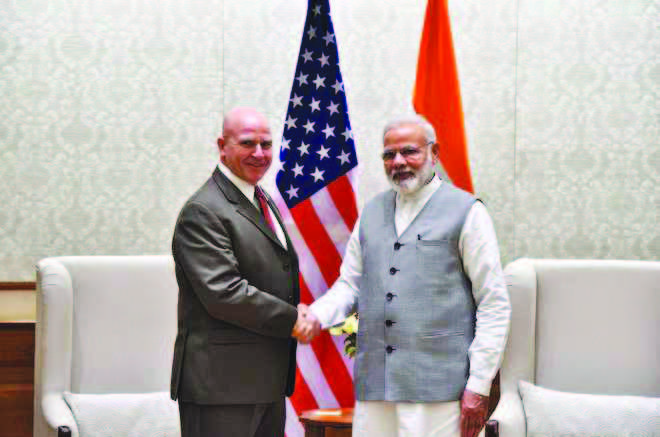
By Kalyan Mitra
It can hardly be disputed that judicial activism is now a central feature of every system that vests adjudicatory power, like Mr. Justice PN Bhagwati pointed out, in a free and independent judiciary.
The judiciary is the last bastion of democracy and it may well be said that judicial activism is the elan vital, the essence of social justice.
Preservation of the rule of law in a wide perspective is indeed the primary remit of the judiciary. For this, the wellspring of the common law evolved in England and subsequently followed in India was a body of laws refined by imaginative and wise application of the principles of ethics, fair play and good conscience. Thus maxims of equity were propounded for delivering justice and the principle of promissory estoppels makes it imperative that no one (including the state) reneges on a promise on the basis of which another had altered his position to his detriment. Also, that one who seeks equity must do equity, and that all must come before the court with clean hands. The concern of the judges who helped evolve the common law was not just maintenance of status quo but also rendition of true justice, especially social justice.
The Indian Constitution with its unique provisions of fundamental rights and the Directive Principles of State Policy enjoins upon the judiciary to be dynamic so that rights are defended in keeping with the Directive Principles. The country’s apex judiciary acted very boldly in the face of strong ad hoc political actions to impulsively amend the Constitution under Article 368 to suit immediate political purposes. In the landmark Keshavananda Bharati case (AIR 1973 SC1461), the Supreme Court, sitting en bloc, held that the basic structure of the Constitution could not be changed by an amendment to the Constitution and that fundamental rights could not be abridged. In the recent 2G case, the court cancelled 120 2G licences on the ground that arbitrary and wrongful procedure had been followed in giving away of material resources of the country. In a case related to the proclamation of President’s Rule in Bihar, the Supreme Court had even held the proclamation to be in breach of the Constitution. All this is indicative of a strain of judicial activism dedicated to preserve a stable social order for the fulfillment of social justice.
The Supreme Court has gone far in upholding the role of Articles 14 and 21 of the Constitution with imaginative and positive interpretation, especially in the area of human rights. For this, it has relied extensively on the Universal Declaration of Human Rights. The Supreme Court has thus fine-tuned immunity against torture or cruel or inhuman or degrading treatment or punishment to defend fundamental rights enshrined in Article 21 of the Constitution. The treatment of women in police lock-ups has also been addressed by the country’s highest court admirably.
Very recently, the Supreme Court ordered that the privacy and dignity of an endangered, simple-minded tribe in the Andamans be protected against indecent, vulgar and sadistic intrusion by foreign photojournalists. This is an example of positive and imaginative interpretation of the Constitution for protection of the dignity and liberty of the vulnerable people of India.
In the Francis Coralie Mullin case (1981) 2 SCR 516, the Supreme Court had asserted that Article 14 of the Constitution did not just guarantee right to life but also the right to live with basic human dignity intact as also basic necessities of life. So, the court went on to hold that the right to life included the right of society to a clean and healthy environment. Such a view is far-sighted and increasingly relevant considering growing environmental pollution and depleting ecological balance that are currently ravaging the planet. More so, as industrial wastes and effluents as well as hazards posed by technological developments are defiling nature and adversely affecting social welfare. A much-cleansed Ganges owes a lot to judicial activism in India.
It is judicial activism again that has made jurisprudence more inclusive. The poor and disadvantaged can now petition the courts with more confidence as can socially-active persons or groups. To give an example, this has brought judicial relief to bonded laborers or legal assistance to poor undertrials. The Supreme Court has also introduced a very purposive innovation in setting up socio-legal committees to examine issues and report to it. Such findings are to be made available to all parties as evidence. The Bandhua Mukti case (AIR 1981 SC 802) that concerned resettlement of tribal people affected by construction of a dam is a case in point. A few weeks ago, the Supreme Court awarded very substantial compensation to the family of a victim of a road accident who was its sole breadwinner. A special leave petition before the Court in this regard had remained unheard for several years. The court has, in several cases, directed the state to award compensation for its failure to protect human rights without entertaining arguments of sovereign immunity.
The country’s highest court has set healthy precedents for the High Courts and lower judiciary for dealing with the problems of the socially-vulnerable and people who become victims of exploitation by organized vested interests. But despite the positive and pioneering attitude of the higher judiciary, caution must be urged. Judges must not go overboard in their zeal for unrestrained judicial intervention. Some judges have observed that such over-zealousness should not lead to the subversion of the Constitution and the existing framework of law and precedents. They have also pointed out that there is a need to steer clear of the by-lanes of judicial sophistry. Judges, as also the entire legal fraternity, must practice introspection, keep on acquiring knowledge as well as wisdom and should not get carried away either by motivated public approbation or censure.





Be the first to comment